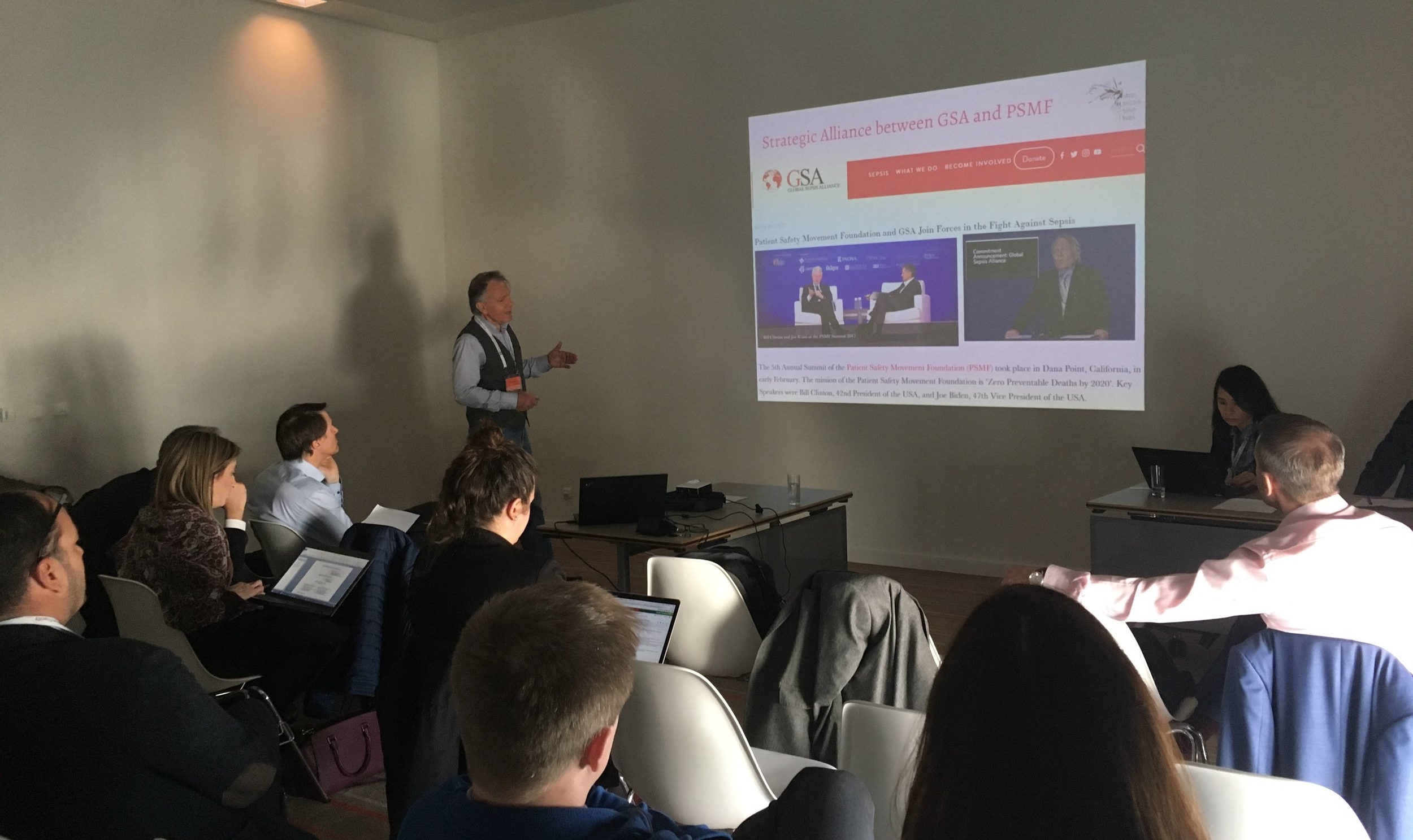Sepsis is a medical emergency and thus reliant on timely diagnosis and prompt treatment. In a large quality improvement project, Northwell Health, a multihospital health care provider, implemented a 3-hour sepsis treatment bundle for every patient admitted with signs of sepsis (1). This bundle included early sepsis recognition and treatment with time-sensitive collection of blood cultures, measurement of lactate levels, and administration of IV fluids and antibiotics within the first three hours of treatment to prevent further organ injury. A recent evaluation of this 3-hour-sepsis bundle, which was published in the Journal “Critical Care Medicine”, showed that in three independent, prospective cohorts of nearly 15,000 severe sepsis patients comparing quarterly data on sepsis outcomes from 2014 to 2016, compliance with the 3-hour sepsis bundle was associated with lower in-hospital mortality (2). Above that, lower critical care utilization and length of stay was observed in bundle compliant cases. In two cohorts, compliance to these sepsis bundles was also associated with substantial cost savings. Extrapolating these savings to a US-wide scale with a conservative estimation of 1,000,000 annual sepsis cases, more than $1.5 billion USD could possibly be saved in the United States every year. These results prove quality improvement in sepsis care save lives, hence this project may serve as role model for other health care providers. The GSA congratulates Northwell Health for their successful efforts to fight sepsis and decrease the high number of preventable deaths from this silent global killer.
To read the full research paper, please click here.
References:
(1) Doerfler ME, D’Angelo J, Jacobsen D, et al: Methods for reducing sepsis mortality in emergency departments and inpatient units. Jt Comm J Qual Patient Saf 2015; 41:205–211
(2) Leisman DE1 Doerfler ME, Ward MF, Masick KD, Wie BJ, Gribben JL, Hamilton E, Klein Z, Bianculli AR, Akerman MB, D'Angelo JK, D'Amore JA. Survival Benefit and Cost Savings From Compliance With a Simplified 3-Hour Sepsis Bundle in a Series of Prospective, Multisite, Observational Cohorts. Crit Care Med. 2017 Mar;45(3):395-406.









